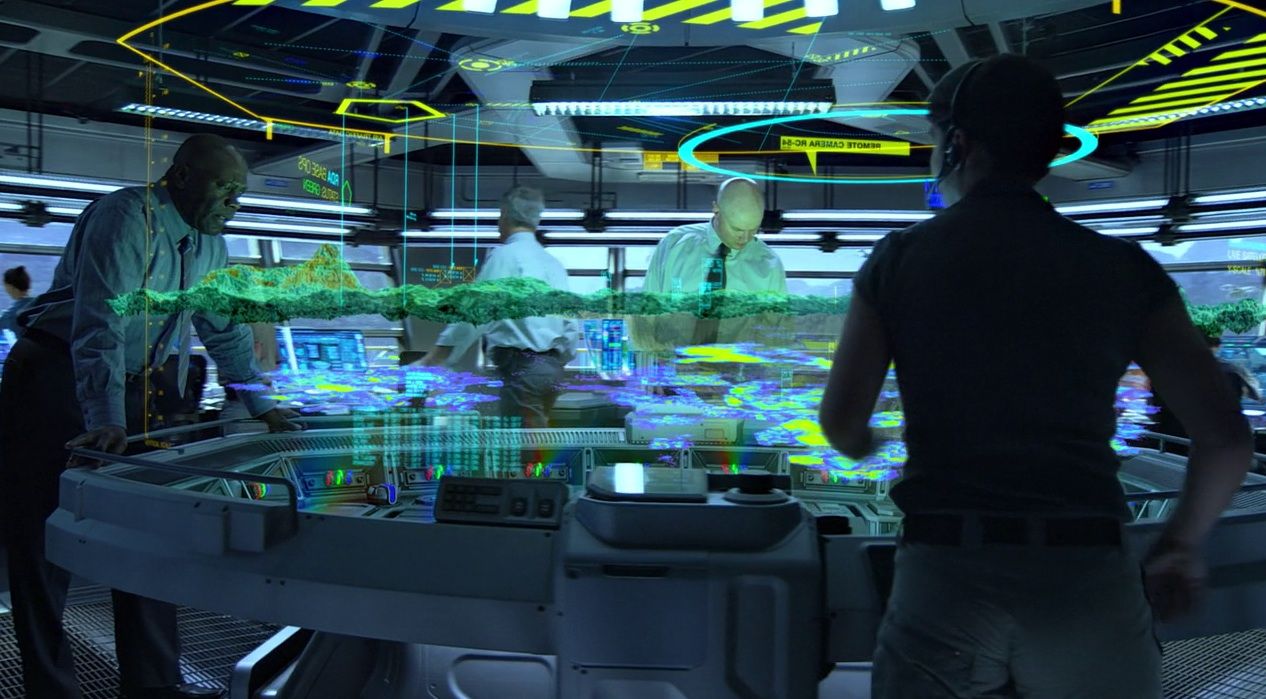

Have you ever wondered how a simple flip of a switch can illuminate an entire room or power up your electronic devices? Electricity is something we often take for granted, yet it powers nearly every aspect of our daily lives. But have you ever stopped to ponder how electricity actually works? In this article, we will unravel the mysteries behind the flow of electrons and break down the complex concept of edison electric into simple terms that anyone can understand. By grasping the basics of electricity generation, transmission, and consumption, we can make informed decisions about our energy usage and contribute to a more sustainable future. Get ready to embark on an electrifying journey as we explore the inner workings of this invisible force that has revolutionized our world.
Conductors And Insulators:
Conductors and insulators are the two types of materials that play a crucial role in electrical systems. Conductors, such as metals like copper or aluminum, have properties that allow electricity to flow through them easily. This conductivity is due to the presence of free electrons within the atomic structure of these materials. These free electrons are not tightly bound to any particular atom and can move freely throughout the material when a voltage is applied.
On the other hand, insulators are materials that do not conduct electricity effectively because they lack free electrons. Instead, their atomic structures tightly hold onto their valence electrons, preventing them from moving freely. This makes them resistant to electric current flow. Common examples of insulators include rubber, plastic, glass, and ceramic materials.
Understanding what makes certain materials conductive and others insulating is essential for designing safe and efficient electrical systems. By harnessing the conductivity of appropriate materials and using insulators strategically in wiring insulation or circuit board design, engineers can effectively control the flow of electrical currents while minimizing energy losses or risks of electric shocks along the way.
How Does Electricity Flow Through Circuits?

Electricity flows through circuits in a fascinating way that is both efficient and reliable. At its core, electricity is the movement of electrons, which are tiny charged particles within atoms. When a power source, such as a battery or generator, is connected to a circuit, it creates an electric potential difference, or voltage. This voltage compels the electrons to move from the negative terminal of the power source through the circuit and back to the positive terminal.
But how exactly do these electrons make their journey? They flow along conductive materials like copper wires due to their loose atomic structure. In these materials, there are plenty of free or loosely bound electrons that can easily move around. When an electric potential difference is applied across the circuit, these mobile electrons start drifting in one direction – from negative to positive – creating an electric current. It’s like a chain reaction where each electron pushes its neighboring electron forward until all have moved throughout the circuit and returned to their starting point.
It’s important to note that while electricity travels at near-light speed (about 186,000 miles per second), individual electrons don’t zip through wires this quickly. Instead, they drift slowly – about 0.04 inches per hour! However, since there are billions of them moving together in sync within a wire at any given time due to Voltage supplying force behind them it seems as if electricity flows instantaneously when we switch on our lights or plug in our devices. The smoothness with which this flow occurs is what allows appliances and electronics
Voltage, Current, And Resistance:
One fundamental concept in understanding how electricity works is the relationship between voltage, current, and resistance. These three elements are key components that govern the flow of electrical energy through a circuit. Voltage can be thought of as the force or push that propels electrons through a conductor, while current refers to the flow of those electrons. Resistance, on the other hand, obstructs this flow by impeding the movement of electrons.
To better comprehend this intricate relationship, think of it as a water pipe system: voltage is equivalent to the pressure in the pipes pushing the water forward; current represents the volume or quantity of water flowing through those pipes; and resistance can be equated to narrow points or obstacles in those pipes that restrict or hinder water flow. It becomes evident then that these three factors are dynamically interrelated: increasing voltage will result in an increase in current if resistance remains constant. Similarly, reducing resistance would increase current for a given amount of voltage applied.
Generating Electricity:
Power plants have long been the main source of electricity, harnessing various fuels such as coal, natural gas, and nuclear power to generate energy. These conventional power sources have served us well over the years but are now facing increasing scrutiny due to their negative environmental impacts. This has led to a shift towards renewable sources like solar and wind energy.
One of the greatest advantages of renewable energy is its infinite supply. Unlike fossil fuels that require constant extraction and consumption, renewables rely on natural resources that will never run out. The sun will continue shining, and the wind will keep blowing regardless of our energy needs. Harnessing these abundant sources not only reduces our carbon footprint but also provides a reliable alternative for generating electricity. If you ever find yourself in need of electrical services or repairs, don’t hesitate to reach out to an electrician in Maplewood, MN. Their expertise and knowledge will ensure the safe and efficient functioning of your electrical systems
Solar power plants, often consisting of large arrays of photovoltaic cells or mirrors reflecting sunlight onto a central receiving tower, convert solar radiation into usable electricity through the photoelectric effect. This process involves photons from sunlight knocking electrons loose from atoms within solar panels, resulting in an electric current flow. Similarly, wind turbines convert kinetic energy from moving air into rotational motion that drives generators to produce electrical power.
Conclusion:
In conclusion, understanding electricity is not just a matter of gaining knowledge about how it works or being able to explain it in scientific terms. It is an essential skill that impacts almost every aspect of our daily lives. From powering our homes and gadgets to driving technological advancements and facilitating communication, electricity plays a crucial role in the modern world.
Moreover, having a solid grasp of electricity allows us to become more responsible consumers and users of energy. By understanding the basics of electrical circuits and how different appliances consume power, we can make informed choices that contribute to energy conservation and reduce our carbon footprint. Recognizing the importance of electricity also helps us appreciate the efforts made by scientists, engineers, and researchers who continue to develop innovations that improve our lives.
Overall, understanding electricity empowers us as individuals to become active participants in shaping a sustainable future. It enables us to harness its potential for positive change while being mindful of its environmental implications. So let’s continue exploring this fascinating field, asking questions, and seeking answers because only through understanding can we fully unlock the mysteries and possibilities that lie within this powerful force called electricity.




